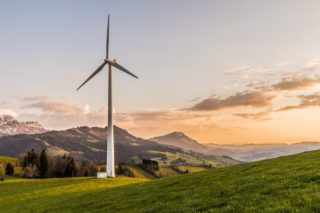-
IEA finds a 10% increase in energy-related investment this year, but not quite enough in renewables
Date posted:
-
-
-
Post Author
Patrick LaveryCombustion Industry News Editor
-
-
![]()
After the International Energy Agency’s publication last month of its Net Zero by 2050 report, the agency has this month reported that investment in energy-related projects is set to rise 10% in 2021 to US$1.9 trillion (in 2019 dollars), with US$820 billion of it to be spent in the power sector. For the second year in a row, renewable electricity is to be the largest single area of spend, with US$367 billion, compared to US$119 billion for fossil fuel power generation and US$44 billion for nuclear. A large amount is to be spent on upstream and mid-stream oil and gas, however, being US$602 billion together (the IEA separates the two), and it is virtually impossible to see this expenditure dropping to close to nothing next year as the IEA outlined in its Net Zero report. Another striking factoid in the investment report is that a dollar spent on renewable power generation results in four time as much power than ten years ago, a remarkable increase in cost efficiency. Despite the increasing investment in renewable electricity (rising by 7% this year), the IEA says this is still far short of the levels needed to expand renewables deployment sufficiently to meet the more stringent 1.5oC Paris Agreement target – a 12% rise year-on-year to 2030 would result in triple the spending of 2020, which would meet the IEA’s estimated need. The finance for renewables investment appears to be available, but there is presently “a shortage of high-quality clean energy projects”, as well as “inadequate channels to guide available funds in the right direction and a lack of intermediaries capable of matching surplus capital with the sustainability needs of companies and consumers”. The report is, like all IEA publications, filled with interesting takeaway points.

